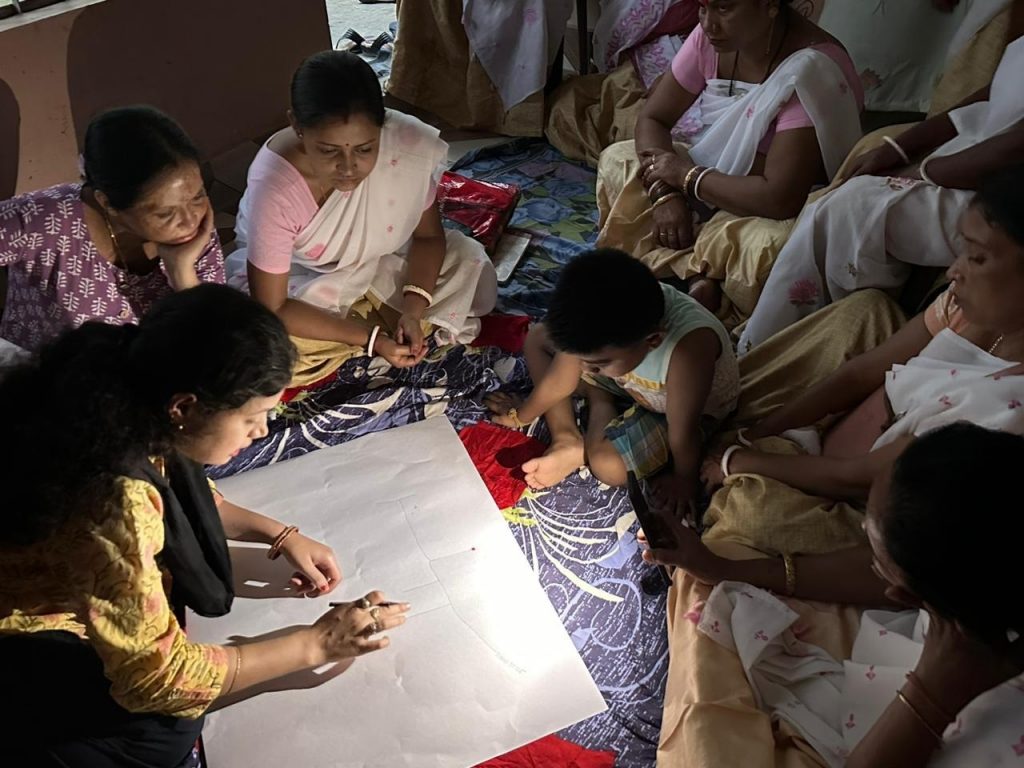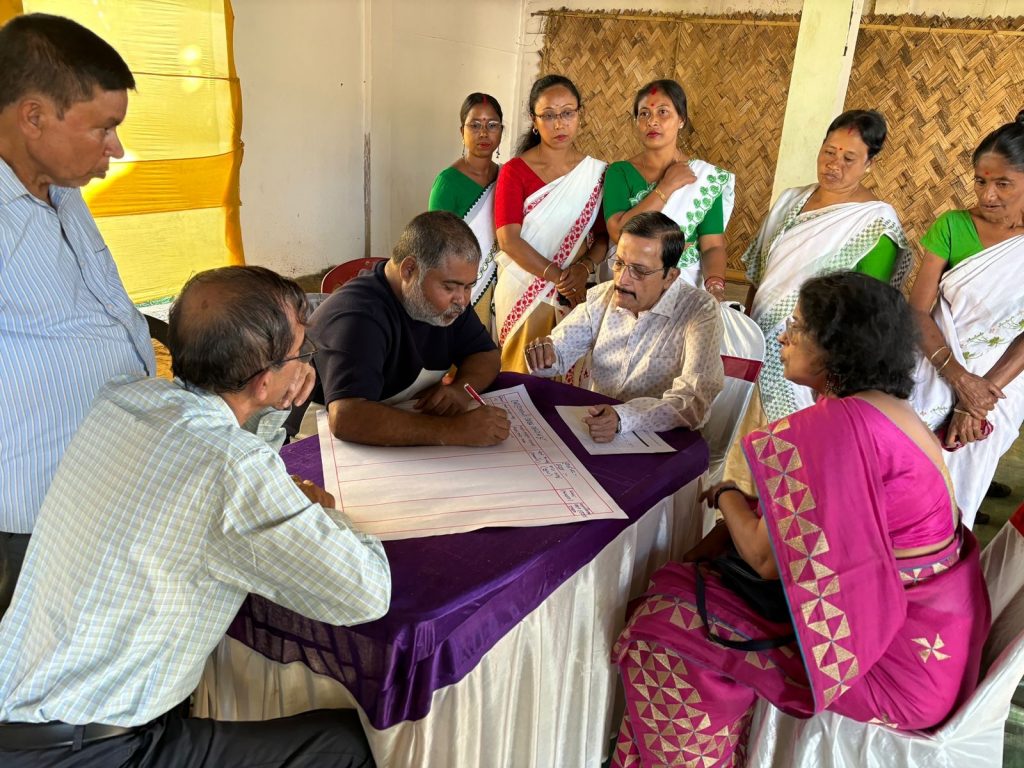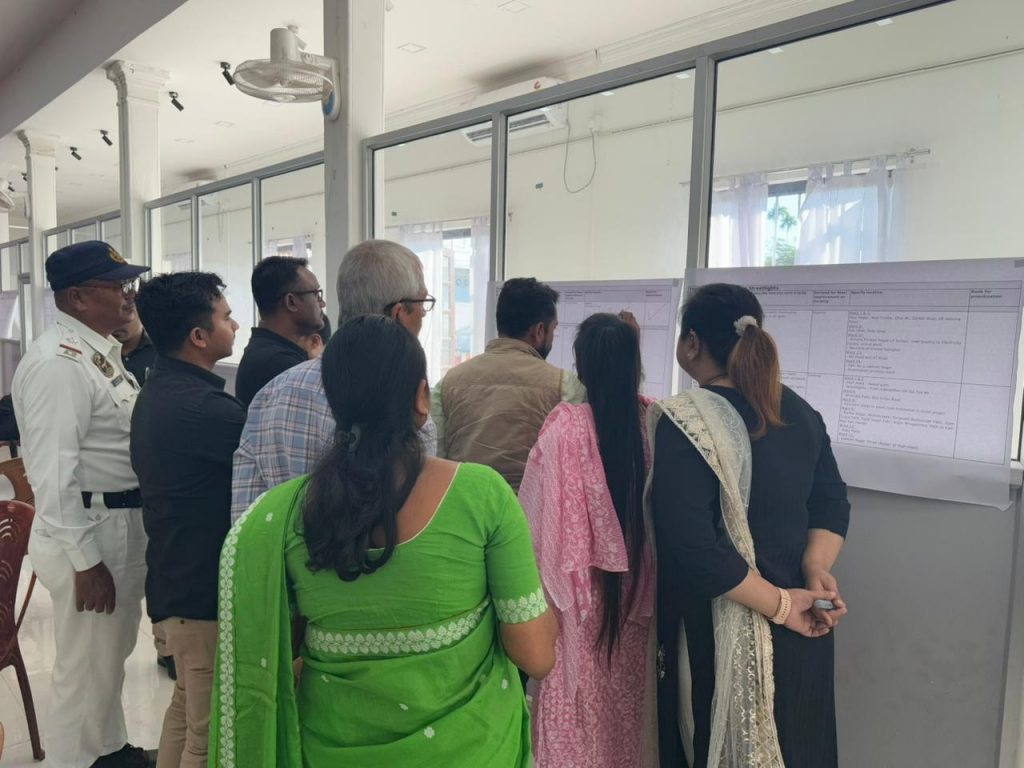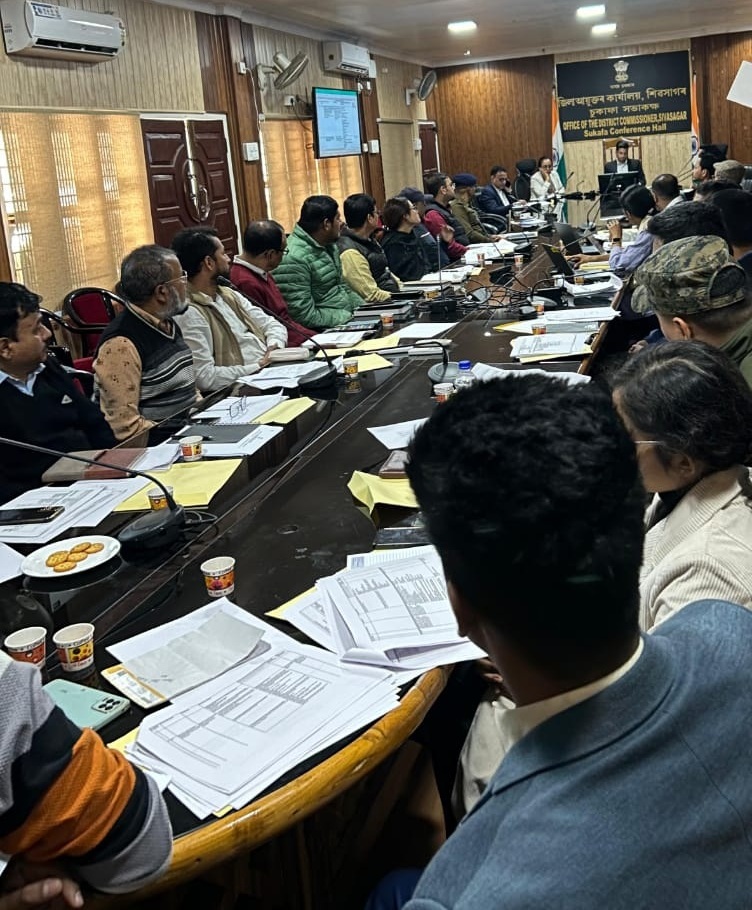Sivasagar, the heritage city of Assam, has successfully completed a participatory process to develop its City Action Plan as part of the state’s flagship urban initiative, Doh Shaher Ek Rupayan (DSER – Ten Cities, One Vision). This ground-up process marks a significant step in the city’s shift toward inclusive, holistic, and sustainable planning. Building on this, the remaining nine cities under the programme are now set to begin developing their own City Action Plans. The 10 cities — namely Dibrugarh, Tinsukia, North Lakhimpur, Jorhat, Kokrajhar, Nagaon, Tezpur, Silchar, Sivasagar, and Dhubri — are the largest urban centres in Assam beyond Guwahati.
A City Action Plan is a foundational document for the city, created with inputs from citizens, that lays out the main priorities for the city across different sectors and dimensions accompanied by a roadmap to address them. The plan covers the components of solid waste management, drinking water and sanitation, traffic management and streetlights, public and blue green infrastructure, and enabling components such as urban planning, digital and online services, human resource and capacity building, and financial strengthening.

Prior to the preparation of the City Action Plans, City Dossiers are drawn up for each of the cities providing an overview of the city, a gap analysis of various components as well as a list of identified priorities. The City Dossiers are developed through a combination of stakeholder interactions, field visits, and transect walks through the city. The preparation of the plans employs bottom-up and top-down planning processes — it begins with Self-Help Groups (SHGs) of the city (formed and engaged as part of the National Urban Livelihoods Mission’s state-wide network) preparing plans for the wards. The SHGs in the city bring with them a comprehensive understanding of their localities and the ability to locate on hand-drawn maps details of pain points and potential projects.
The SHG plans are then presented at ward assemblies. The ward assemblies are open citizen meetings convened by ward commissioners/councillors. With a set of inputs added at the ward meetings, there is a consolidation of inputs across all wards of the city. The top-down planning processes are then activated. Sub-committees for the components mentioned above are formed with representation from the municipality, the respective line departments. and experts (retired officials/civil society). The sub-committees meet, review the consolidated inputs, and prepare projects for the city. This process involves an assessment of the objective and the benefits of the project, environmental and gender considerations as well as cost estimates and potential sources.

The projects consolidated are reviewed by the Municipal Planning Committee (MPC). The MPC, chaired by the district commissioner with the chairman of the municipal board being the chairperson, is an interdepartmental committee with representation from the heads of relevant line departments across core functions of the city. Line departments typically include PWDR, PWDB, NHIDCL, technical agencies at the state, representatives of the Water Supply Board, AMRUT, PHE, traffic police, the electric supply company, and water resources among others. The MPC reviews the projects submitted by the sub-committees for viability, importance, and priority, and develops a final list of projects for the city.
Projects in the sub-committees and the MPC are developed through a collaborative, constructive process among the various stakeholders involved. It is also to be noted that projects go beyond physical infrastructure to various processes, plans, and guidelines/policies that are required for the holistic development of the city.
With the process having now been completed in the cities of Sivasagar, Dhubri, and Silchar, the cities have City Action Plans developed on the principles of place-based governance and citizen participation. In the case of Sivasagar, over 1,200 citizens met across the 14 wards. This was also accompanied by a City Level Meeting that was conducted by the board and attended by 200+ citizens.
With the process having now been completed in the cities of Sivasagar, Dhubri, and Silchar, the cities have City Action Plans developed on the principles of place-based governance and citizen participation. In the case of Sivasagar, over 1,200 citizens met across the 14 wards. This was also accompanied by a City Level Meeting that was conducted by the board and attended by 200+ citizens.
The overarching goal of the City Action Plans is to institutionalise an annual planning process led by the city — rooted in a ready shelf of projects, clear budget allocations, and active citizen participation through ward assemblies. The plans developed across the 10 cities will serve as a foundational step in bringing this vision to life.

